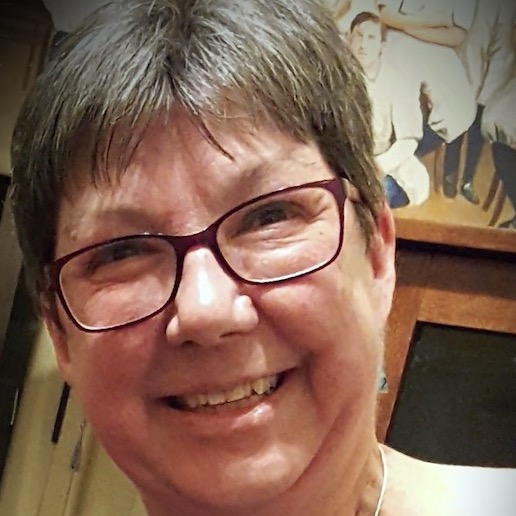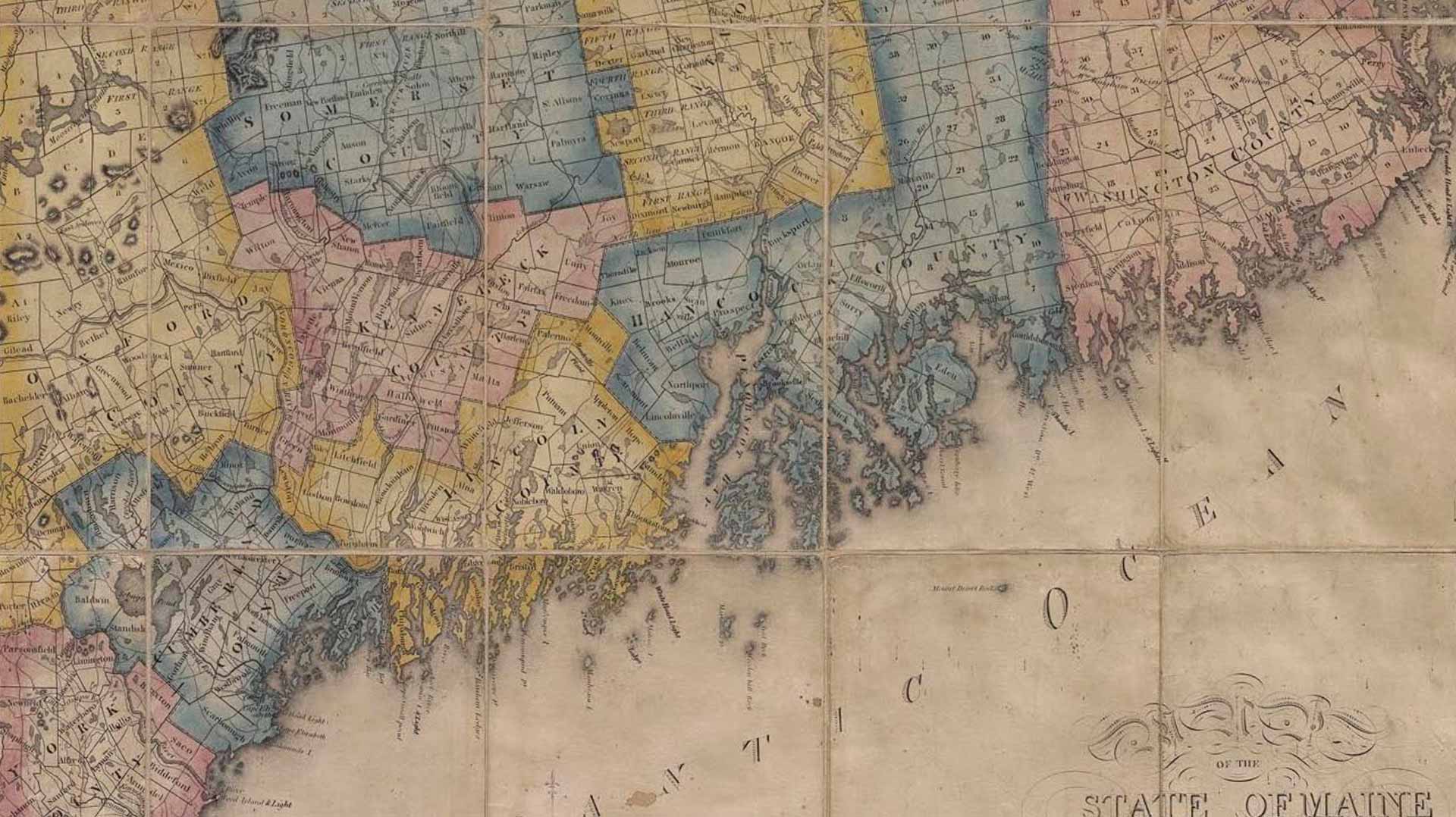Professor of History, University of New England
she/her
Elizabeth DeWolfe is Professor of History at the University of New England where she teaches courses in women’s history, archival research, and American culture. Dr. DeWolfe is a historical detective: she hunts archives for the traces of ordinary women, piecing together their all-but-forgotten lives from faint clues.
Dr. DeWolfe’s latest work, Alias Agnes: The Notorious Tale of a Gilded Age Spy, reveals the tale of a Maine stenographer turned undercover detective. Her previous work includes the award-winning book The Murder of Mary Bean which illustrates the great opportunities as well as the dangers for young women working in the textile mills of the 1830s and 1804s. DeWolfe has also written about the Shakers, Victorian hair jewelry makers, and a Maine woman’s battle with bullfrogs in the Great Depression.

Talks
The Great Turn-Out of 1841: Maine Textile Workers on Strike!
In 1841, nearly 500 female factory workers walked out of Saco’s York Manufacturing Company and paraded up Main Street, chanting and singing. They gathered in a local church, formed a committee, and sent the factory owner a document articulating their complaints about wages, housing, and paternalistic rules. In this illustrated talk, we’ll explore the life of New England “factory girls,” the opportunities mill work brought, and the challenges of this difficult labor. We’ll examine the tense days that followed the “turn-out” and see how a strike in one Maine town connected to national agitation for women’s rights, including suffrage.
Dangerous Temptations: Textile ‘Factory Girls’ in Fact and Fiction
The 1849 “murder” of textile worker Berengera Caswell shattered the tranquility of life in Saco and Biddeford. In the wake of her death, authors published over a dozen tales set in Maine factory towns. To protect Maine’s young, female workforce throughout the state, short stories and novellas reviewed the “dangerous temptations” young people found in Maine’s cities, and offered advice on how to avoid Caswell’s tragic fate. These sensationalized, gothic stories were eagerly read cautionary tales that offered young women (and their nervous parents) guideposts to safety. But did the factory girls take the advice?
Mourning Maine’s Dead : Victorian Hair Jewelry and Crafts
In 19th-century Maine, death was ever present. To grapple with loss, Victorian Mainers could turn to art and craft to mourn and remember their loved ones. Their material of choice was human hair. Mary Baker made a good living crafting flowers, wreaths, and jewelry from human hair. Her Portland home-based business tapped into a national craze for Victorian hair jewelry which not only memorialized the dead, but also connected the living. From snips of a loved one’s hair in a locket, to braided hair friendship rings exchanged between schoolgirls, to a large-scale wreath of flowers containing the hair of an entire family, Mainers embraced hair art as a symbol of mourning the dead and celebrating the living.

